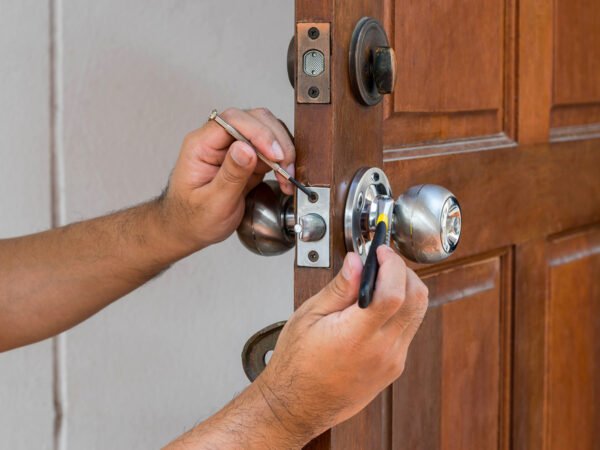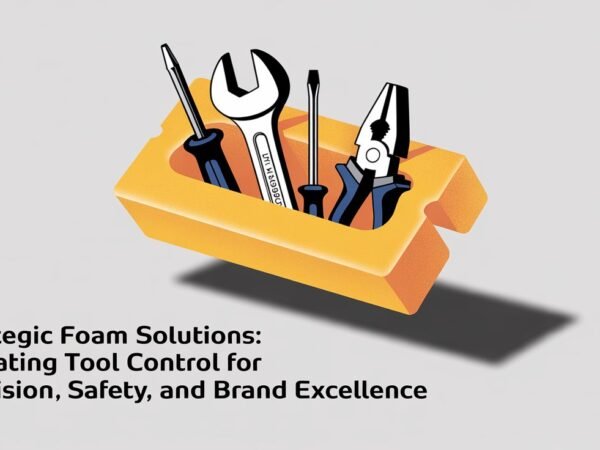Safety in today’s building scene is a legal need and a vital basis for efficiency, budget management, and project lifetime. Traditional excavation techniques run into more limits as projects get more complicated and urban congestion rises. Enter a new generation of tools and techniques that are actively changing the approach to groundwork. These contemporary excavation techniques protect workers, utilities, and surrounding communities; increase accuracy; and lower environmental effects.
The vacuum excavator is among the most critical developments in this change. Without disturbance, vacuum excavators use strong suction to clear dirt and debris. A key source of building site accidents and delays, this nondestructive technique lowers the possibility of affecting underground services, including gas lines, fibre optic cables, and water mains. Contractors can operate more confidently and effectively in delicate areas using controlled vacuum technology instead of manual digging or heavy machinery.
Minimising subsurface risks and utility strikes
Dramatic decreases in utility strikes are the primary safety benefit of contemporary excavation technology. Damaging subsurface infrastructure jeopardises workers and creates costly delays, public service interruptions, and legal consequences. Vacuum excavation reduces these dangers by revealing utilities without direct contact. Its accuracy is instrumental in retrofitting projects or identifying areas where old or incomplete utility maps cause ambiguity. This approach creates a more dependable basis for building work by safer exploration before full-scale excavation starts.
Vacuum excavators also help manage excavation depth and preserve soil integrity around current buildings. This degree of control is crucial in places where ground conditions are erratic or need preservation, such as near historical sites, fragile buildings, or under motorways. By aiming at small channels with little collateral disturbance, crews can reduce the need for traffic diversions or major earth-moving activities that could cause structural damage and surface instability.
Enhancing site efficiency and worker safety
Traditional excavation techniques often require crews to enter trenches, operate near moving components, or manually handle dangerous materials. Modern systems either entirely or significantly lower these needs. Operating a vacuum excavator from a safe distance lets workers avoid direct exposure to excavation sites. This decreases the need for personal protective equipment and laborious safety procedures and lessens the possibility of cave-ins or equipment-related accidents, simplifying the excavation process.
Furthermore, quicker and cleaner excavations help improve site management. Vacuum excavation lowers the physical effort for follow-up and cleanup activities since it disturbs less earth and reduces dust and debris. Fewer obstacles also imply that several teams—electrical, plumbing, and foundation—may operate in tandem with fewer delays, improving general production.
Establishing new industry standards
Modern excavating techniques are setting the standard for safe building. Insurance and regulatory authorities increasingly prefer contractors to use safer, more exact excavation gear. Project owners, especially in urban and high-risk settings, usually need these techniques in their requirements. Consequently, companies that invest in these technologies enhance their safety profile and have a competitive advantage in bidding and execution.
Conclusion
In the end, excavation development is about adjusting to new expectations, not replacing old instruments. Modern excavation tools like vacuum excavators are pushing the industry into a safer and more sustainable future under increasing scrutiny of worker protection, community safety, and environmental stewardship.
Do Read: Future Trends in RFID: AI-Powered Tagging Feature to IoT













